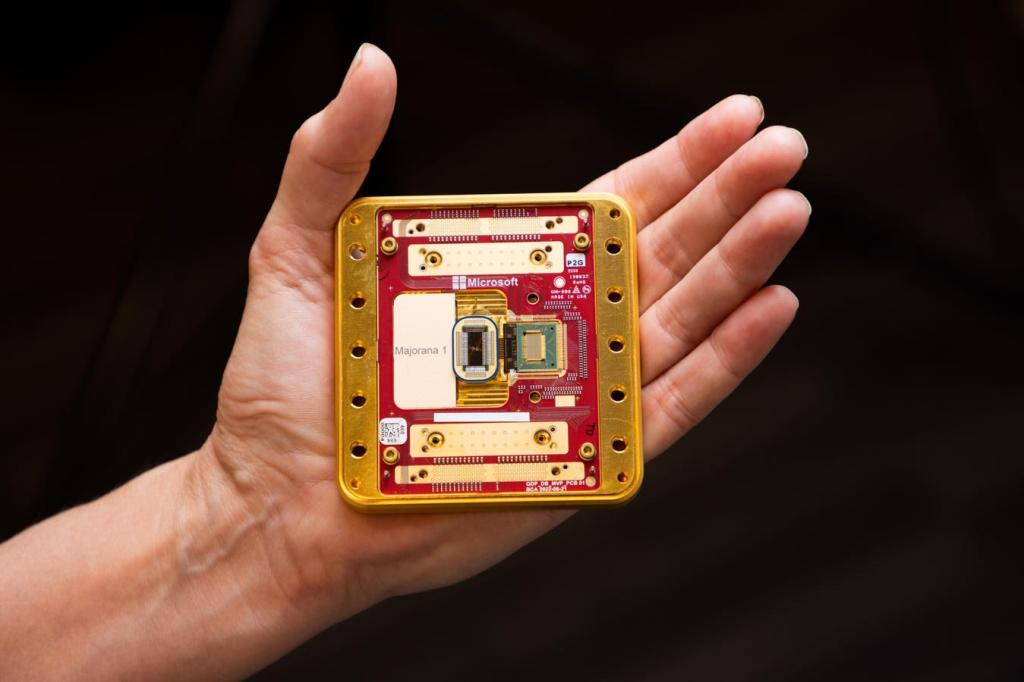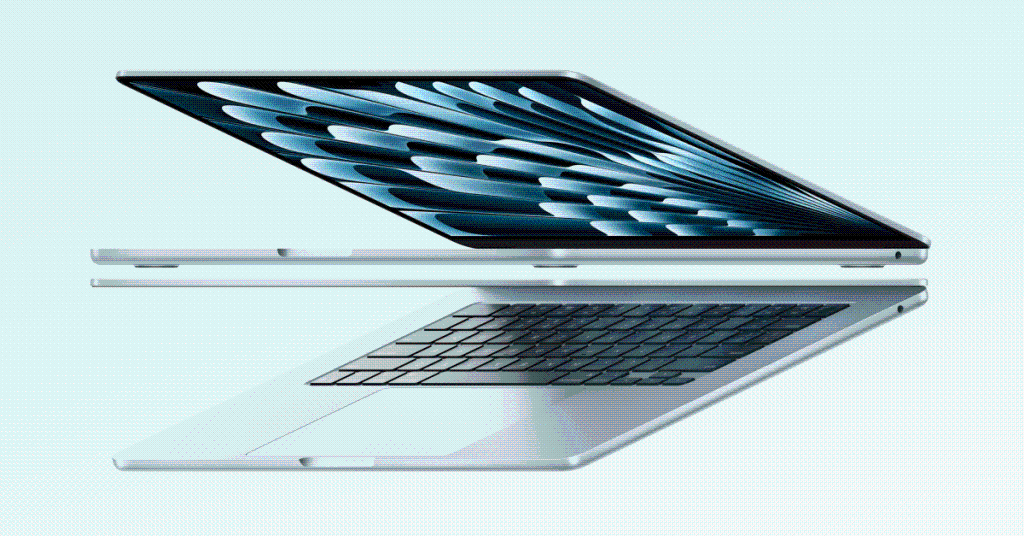Microsoft's Majorana 1 Quantum Processor Sets New Standards
Explore how Microsoft's Majorana 1 quantum processor revolutionizes computing with topological qubits, paving the way for groundbreaking advancements in various fields.

Key Points
- Microsoft
's Majorana 1 quantum processor utilizes topological qubits, offering enhanced stability and scalability compared to traditional qubits.
- The innovative topoconductor material enables error-resistant qubits that promise to pave the way for practical applications in various industries.
- As part of a partnership with DARPA, Microsoft aims to develop a million-qubit system, revolutionizing computing capabilities and addressing real-world challenges.
Quantum computing is on the brink of a revolution, and Microsoft is leading the charge with its groundbreaking Majorana 1 quantum processor. After 17 years of exhaustive research, Microsoft has engineered a processor that does not rely on traditional qubits, which are notoriously fragile and error-prone. Instead, the company has pivoted towards a new class of qubits known as topological qubits, which promise to enhance stability and scalability in quantum computing.
Understanding Topological Qubits
At the core of Microsoft’s approach is the innovative topoconductor material, a unique combination of indium arsenide and aluminum. This material forms a new state of matter called a topological superconductor. When cooled to near absolute zero and subjected to specific magnetic conditions, this material generates Majorana Zero Modes (MZMs) at its ends. Unlike conventional qubits that are sensitive to external noise and environmental interference, MZMs encode quantum information in the parity of electrons, making them inherently more resistant to disturbances.

This remarkable development suggests a possible transition from theory to practical applications in quantum computing. Traditional qubits require extensive error correction, often necessitating several additional qubits to maintain reliability. In contrast, the topological qubits produced by Majorana 1 offer built-in error resistance, potentially reducing this overhead significantly while paving the way for a million-qubit chip compact enough to fit in the palm of your hand.
Scalability and Practical Applications
One especially promising aspect of Microsoft’s Majorana 1 processor is its scalability. Currently, quantum computers are constrained by size requirements; many systems demand large spaces to accommodate their extensive error correction mechanisms. However, the architecture developed by Microsoft enables a more compact and efficient design, which can be integrated into existing data centers.
With a million qubits on a single chip, we could see revolutionary advancements across multiple fields. For example, the ability to run simulations that exceed the capabilities of traditional computers could lead to breakthroughs in medicine, materials science, and sustainable technologies. Researchers could potentially optimize catalysts to decompose pollutants like microplastics or create new enzymes that enhance agricultural yields, effects that could be felt in numerous industries.
A Robust Path Forward
Microsoft’s ambitions are being accelerated by its collaboration with the Defense Advanced Research Projects Agency (DARPA), which has recognized the viability of the Majorana 1 technology. According to Chetan Nayak, Tech Fellow at Microsoft, “A million-qubit quantum computer isn’t just a milestone – it’s a gateway to solving some of the world’s most difficult problems”. This partnership not only validates Microsoft’s long-term investments in quantum technology but also indicates a shift in the quantum landscape, where tangible results are prioritized over theoretical debates.
The Challenge of Realization
While the potential is immense, challenges remain. The fabrication of topological qubits at a scale necessary for widespread application is an intricate process. Despite this technical hurdle, Microsoft is committing to producing these chips in-house as part of its strategy. This capability is critical for ensuring quality control and innovation throughout the development process.
As competitors push forward, with many aiming for smaller qubit counts, Microsoft is boldly stating its intention to leapfrog these advancements with its large-scale solution. This determination reflects a broader industry urgency to transition quantum computing from a theoretical concept into practical, everyday applications.
In summary, Microsoft's unveiling of the Majorana 1 quantum processor marks a significant milestone in quantum computing. By leveraging topological qubits and a revolutionary architecture, Microsoft is setting the stage for a future where quantum computers can tackle real-world problems that classical systems struggle to solve. The path to a million-qubit quantum machine looks promising and within reach, promising transformative impacts across various fields that can lead to a more sustainable and efficient world.


